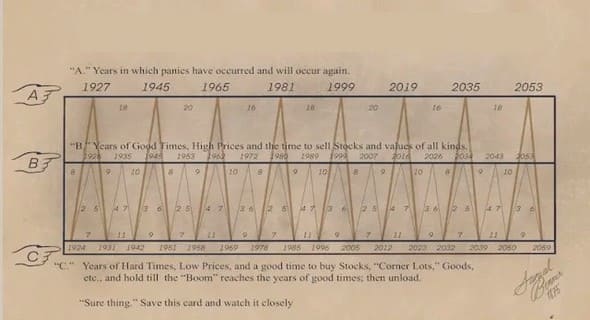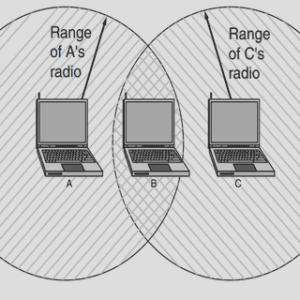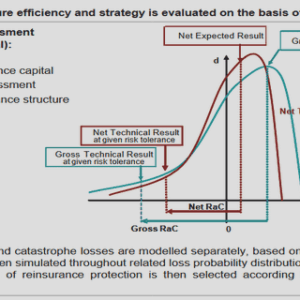(Downloads - 0)
For more info about our services contact : help@bestpfe.com
Table of contents
1 The state of the art on electrochemical modelling for Lithium-ion batteries
1.1. Framework and objectives
1.2. Lithium-ion working principles
1.3. Lithium-ion battery modelling
1.4. Review on electrochemical models
1.5. Tests and simulations
2 Electrochemical equations system
2.1. Newman’s PDE equations system (diluted solutions)
2.2. Critical review of the literature
2.3. The system of equations proposed in this study
2.3.1 Comparison with Newman
2.3.2 Non-dimensional PDE equations system (positive and negative porous electrodes) 39
2.3.3 Non-dimensional PDE equations system for the Li-metal foil negative electrode
3 Analysis of the parameters from literature
3.1. Electrolyte conductivity
3.2. Electrolyte diffusivity
3.3. Transport number
3.4. Solid phase diffusivity
3.5. Solid phase conductivity
3.6. Kinetic reaction rate constant
3.7. Dimensional design parameters
3.8. Dimensionless parameters
3.9. The ageing effect on parameters
4 Electrical and physicochemical characterizations
4.1. Electrical characterization
4.1.1 Reproducibility analysis of a test protocol for galvanostatic discharges
4.1.2 Voltage dip during galvanostatic discharges
4.1.3 Galvanostatic discharge to 0.05 V
4.2. LGC INR18650MH1 chemical characterization
5 Electrode balancing
5.1. Introduction to electrode balancing
5.2. Introduction to isotherms and the states of lithiation in either complete cell and “half-cell” configurations
5.3. How the shape of the isotherms influences the accuracy on the initial states of lithiation 97
5.4. Identification of the state of lithiation in LGC INR18650MH1 half cell
5.5. The aging scenarios
6 Numerical simulations with COMSOL
6.1. Galvanostatic discharges
6.1.1 Kinetic redox limitation
6.1.2 Electrolyte mass transport
6.1.3 Electronic transport
6.1.4 Solid phase diffusivity
6.1.5 Mixed case: solid phase diffusivity and electronic transport
6.1.6 Mixed case: solid phase diffusivity and electrolyte diffusivity
6.1.7 Mixed case: electronic transport and electrolyte mass transport diffusivity
6.1.8 Conclusions and perspectives
6.2. Pulse-rest sequences
6.2.1 Introduction
6.2.2 Time constants
6.2.3 GITT
6.2.4 First steps to an appropriate interpretative framework of GITT
7 Conclusions and perspectives
8 Appendix
8.1. Mesoscopic 1D porous electrode model
8.2. Estimation of the state of charge at 4.3 V
8.3. Differential voltage
8.4. PDE equations system in COMSOL® (half-cell)
8.5. PDE equations system in COMSOL® (full-cell)
8.6. Simulation of the LGC INR18650MH1 with COMSOL®
8.7. C-rate profile used in galvanostatic discharges in § 4.1.2
8.8. C-rate profile used in galvanostatic discharges in § 4.1.3
References
Résumé (long)
Abstract (grand public)
Résumé (grand public)
Acknowledgments




